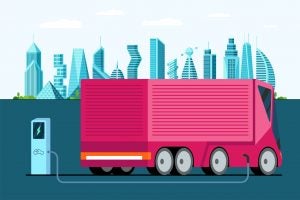The piece was originally posted on EDF’s California Dream 2.0 blog.
Today, EDF released a tool that will be used next month to critically evaluate the smart grid deployment plans of Pacific Gas & Electric (PG&E), San Diego Gas & Electric (SDG&E) and Southern California Edison (SCE).
As a bit of background, we’ve been actively engaged with the California Public Utility Commission (CPUC) since the start of the state’s smart grid planning process. Our comments and suggestions were included as mandatory requirements in the roadmap approved by the CPUC last June, which these utilities must follow in developing their plans. Plans are due to the CPUC by July 1st.
We’ve also been working with SDG&E on its plan, which was submitted to the CPUC earlier today. We advised the utility on steps it can take to empower customers to save energy and money, integrate large- and small-scale renewable energy projects and allow electric vehicles to charge when electricity is cheaper and cleaner.
The Evaluation Framework for Smart Grid Deployment Plans was generated by EDF energy staff and independent consultants. It was reviewed and critiqued by a diverse array of industry and consumer groups including the Electric Power Research Institute (EPRI), Lawrence Berkeley National Laboratory (LBNL), The Brattle Group and The Utility Reform Network (TURN).
The framework will help systematically peel back the layers of complex utility plans and help CPUC staff, policy makers and the public see whether they will deliver the envisioned benefits of a fully deployed smart grid.
Since these plans are the first of their kind by major electric utilities in the West, and are the building blocks that will help forge a new path for updating California’s grid, EDF expects there will be a certain amount of learning while doing.
With utilities spending millions of dollars on everything from smart meters to automating new systems, it’s important to provide guidelines to help them get it right from the beginning. The framework will shine a light on the best ideas (with an eye toward establishing best practices) and identify where plans fall short.
Our goal is to guide all utilities on how they can deliver environmental and public health benefits to consumers and deliver returns on ratepayer investments in the form of cleaner air, improved public health, reduced energy costs and a stronger economy. Among other attributes, top plans should show how the smart grid will lead to consumers having more control over their energy use and better access to data – making it easier to implement new technology for clean energy and energy efficiency.
EDF will put its framework to work over the coming weeks and months to evaluate these plans thoroughly and with equal rigor so that the best elements are adopted across the state and any weaknesses or gaps remedied.














